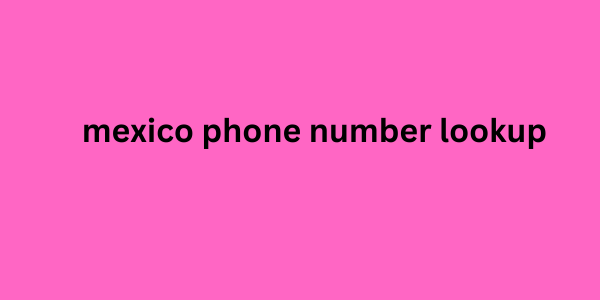8. Aesthetic and minimalistic design
The site should not contain information in the foreground that is irrelevant to the user's tasks or rarely required by them, since any unnecessary information conflicts with the necessary information and can interfere with its visibility.
When designing our client’s online store website, we paid a lot of attention to the information architecture of the site – we carefully thought through the user’s paths and spent a particularly long time working on the menu.
Different types of popular online store menus are built on different navigation logics, which require their own visual solutions. For example, the client wanted all of its subcategories (Care, Makeup) and the types of products included in them to be immediately revealed on the main page of the desktop version when clicking on the menu item “Face”.
We proposed a balanced, as it seems, option of site usability/aesthetics – to implement the menu only as a single-level drop-down block, or through a side catalog with the same single level. If you make a second level that drops down when you hover over the items of the previous level, this can mexico phone number lookup lead to the effect of a “jumping” menu, which is not very convenient for users.

An example of what not to do . Here the menu items are expanded on hover, and the bottom item of the second column refers to the top of the third column.
Website usability shouldn't be done like that
If your client still chooses a menu option where the main page of the desktop version requires access from the menu to the deepest subcategories of goods, then you should make a lower-level detailed catalog of goods in the visible part of the menu-catalog (in the case of a very large volume of goods, it can be opened by clicking), so that from it, by clicking, and not by hovering, several nested levels are revealed to the right.
WB website usability click to open
The difference is that the second block on this site opens only on click, and not on hover.